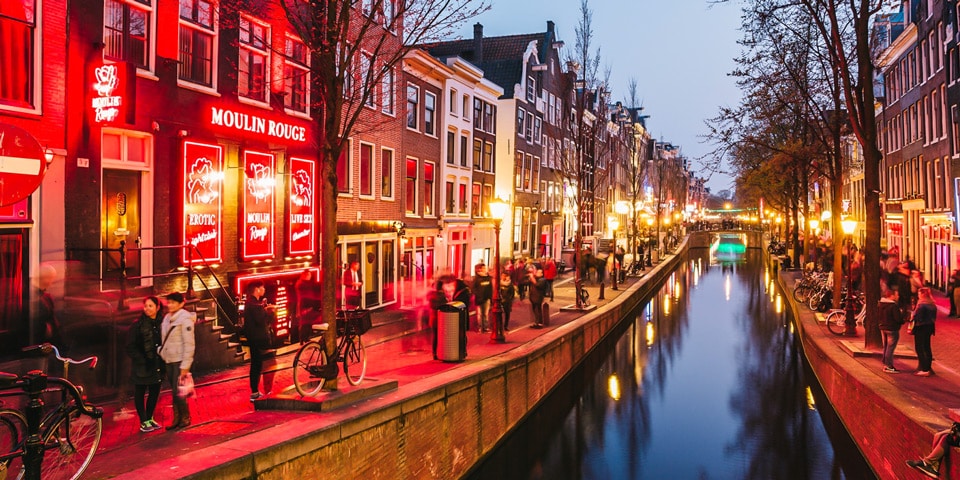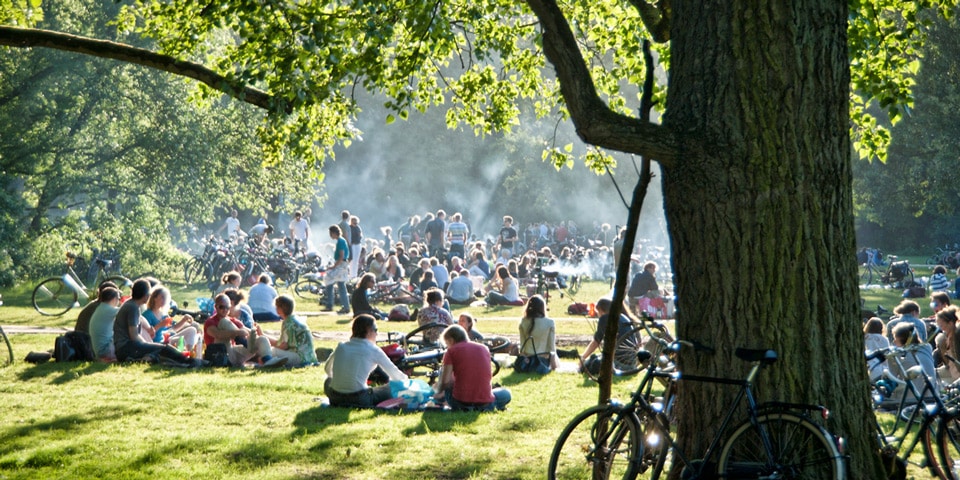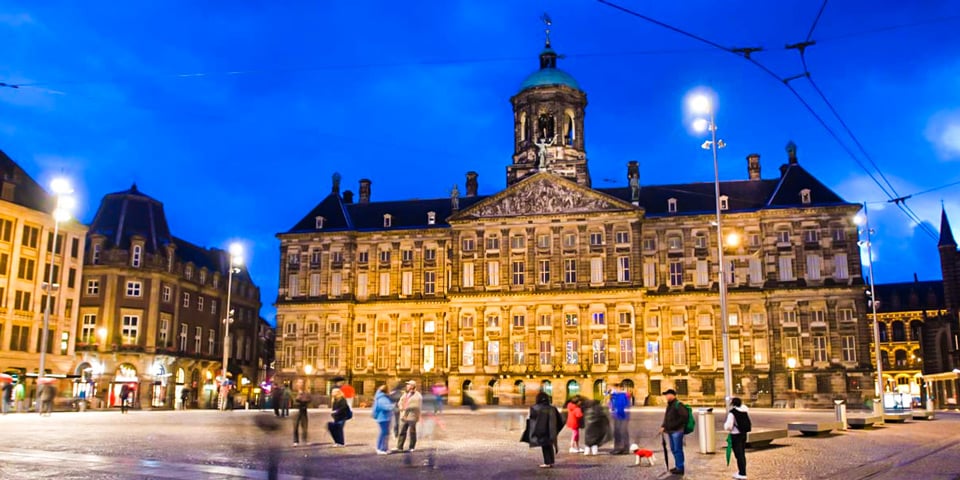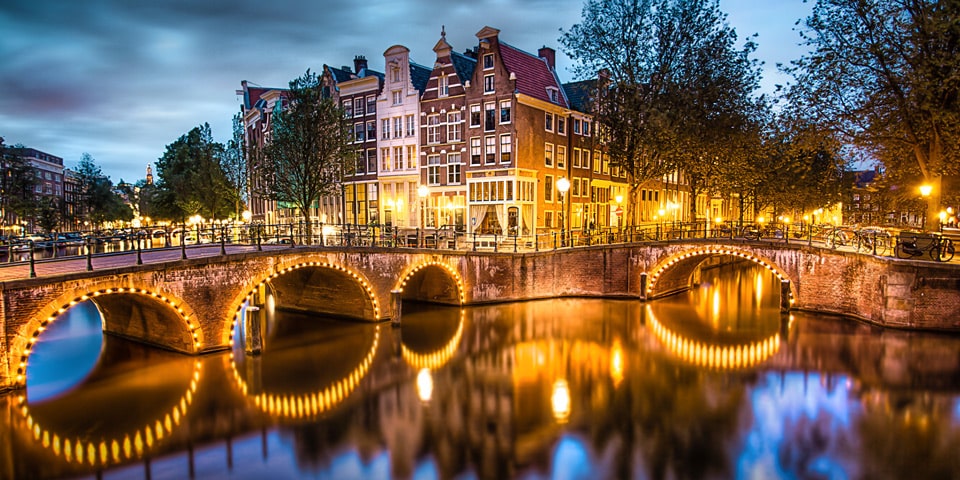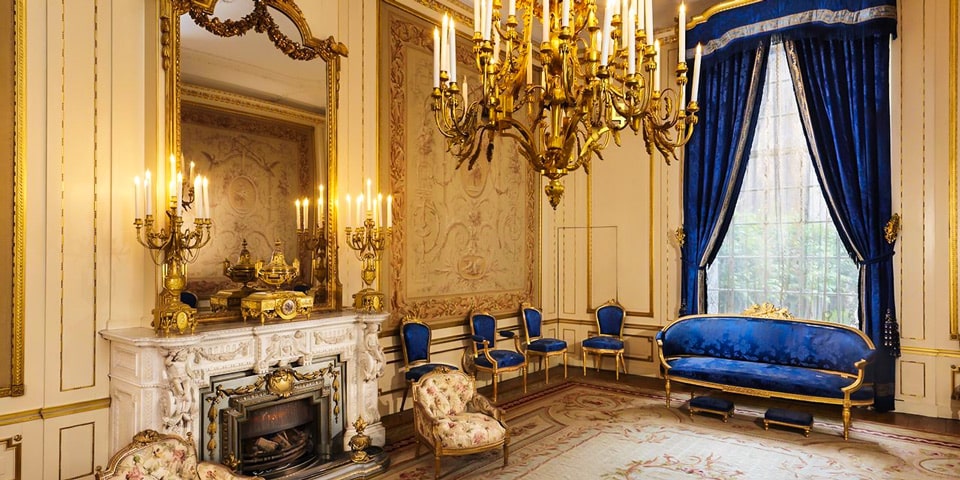Portuguese Synagogue (Great Synagogue, Grote Sjoel) in Amsterdam is a favorite museum for connoisseurs of historical facts and art. The building is of interest as a monument to the difficult history of the Jewish people in Europe.
The synagogue has experienced many invasions and losses, today it is an exquisite and majestic building, resembling a large cube of impressive size made of dark red bricks.
History
In the capital of the Netherlands, the synagogue was built by the Ashkenazi community, a group of Jews who fled Portugal in the 17th century. They settled in the eastern part of the city, their place of residence was called the "Jewish quarter". The building was designed by architect Elias Bouman. It took 10 years to build.
Two more buildings were later erected next to the synagogue - one for the mikvah - a place with purified water to wash oneself of earthly impurities; the other is for the community office and the gabbay is the main one among the group. On the territory there are outbuildings and a small courtyard where children and adults used to play.
The money for the construction was given by the city council and donated by wealthy merchants... The synagogue appeared before the inhabitants in 1671 on Passover, a Jewish holiday. The solemn, architectural style stood out on the streets and amazed the locals. The building reflected the tolerance of the then society. This entailed new visiting emigrants. Soon, the room did not fit everyone, since they found refuge there. So they built three more prayer buildings - the Upper, Third and New synagogues.
During the Great Patriotic War, the Germans attacked the territory of the synagogue, most of the valuables were taken to Germany, electricity was never installed. The building was constantly cold and only visitors warmed the room with their breath.
Chorus
For many years, the prayers were accompanied by the singing of the choir. Few were allowed into it: it consisted of eight people. Even the royal family came to listen to them. The synagogue choir in 1928 won first place in the London choir competition.
Interior
The synagogue is a beautiful Baroque architectural building with marble pillars and wooden beams. Hanging from the ceiling are two huge, luxurious chandeliers that illuminate the space with a thousand candles.
The floor is wooden, covered with fine sand. This muffles the noise and absorbs the dust. The electricity was never supplied, so it is cold here in autumn and winter.
A donation box was installed in front of the building, where everyone can contribute a small amount of money.
In the courtyard stands the Docker monument. Dockers are people who went on strike against the deportations of Jews to Germany. The whole city rose up behind them. Flowers are laid at the monument every year on February 25 and honored in their memory. The courtyard is a cozy place for walking and relaxing with children.
Wealth
There are four museums in the Synagogue, where you can get acquainted with the culture of Judaism, see the household items of Jews, learn about the prosperous life of the Dutch people who respect traditions.

City Guard Gallery - is unique, as its riches are one of a kind. These are paintings depicting the city police serving to protect businessmen. Excellent opportunity to enjoy Dutch painting.
The building houses the largest and oldest library called Etz Chaim, which is translated as "Tree of Life". The inscription on the front door is a verse from Psalm 5-8 “But I, according to the multitude of Thy mercies, will enter Thy house. I will bow to your holy temple in fear of you. " Many students, graduate students and historians come here. They rummage through meetings looking for confirmation of the information they need for talks, talks, and lectures.
In the library of the synagogue, tourists will find rare documents, parchments, canvases, coats of arms, manuscripts and ornaments. It is noteworthy that the main task is the restoration of the collections. To date, 560 handwritten and 800 printed books have been restored. Most of them contain various religious and historical facts.
The collection of the museum is a storehouse of knowledge about the Jewish peoples and the Dutch of that time. The estate reflects the rich spirituality of the community.
The main building hosts classical music concerts. These days the synagogue appears in all its beauty. There is a souvenir and literature shop next to the exit.
Practical information
- Opening hours: April - October: Sunday through Friday, 10am to 6pm. November - March: Tuesday to Thursday from 10 am to 6 pm, Friday from 10 am to 3 pm. You will not be able to get inside on Jewish holidays.
- Ticket price: For adults - 6.5 €; Free for children under 10; For children under 15, seniors and students - 5 €. Audio guides in different languages are offered at the entrance.
- Address: Mr. Visserplein 3;
- How to get there: Tram No. 9 and 14 - Visserplein stop; metro number 51, 52, 54 - stop Waterlooplein.



